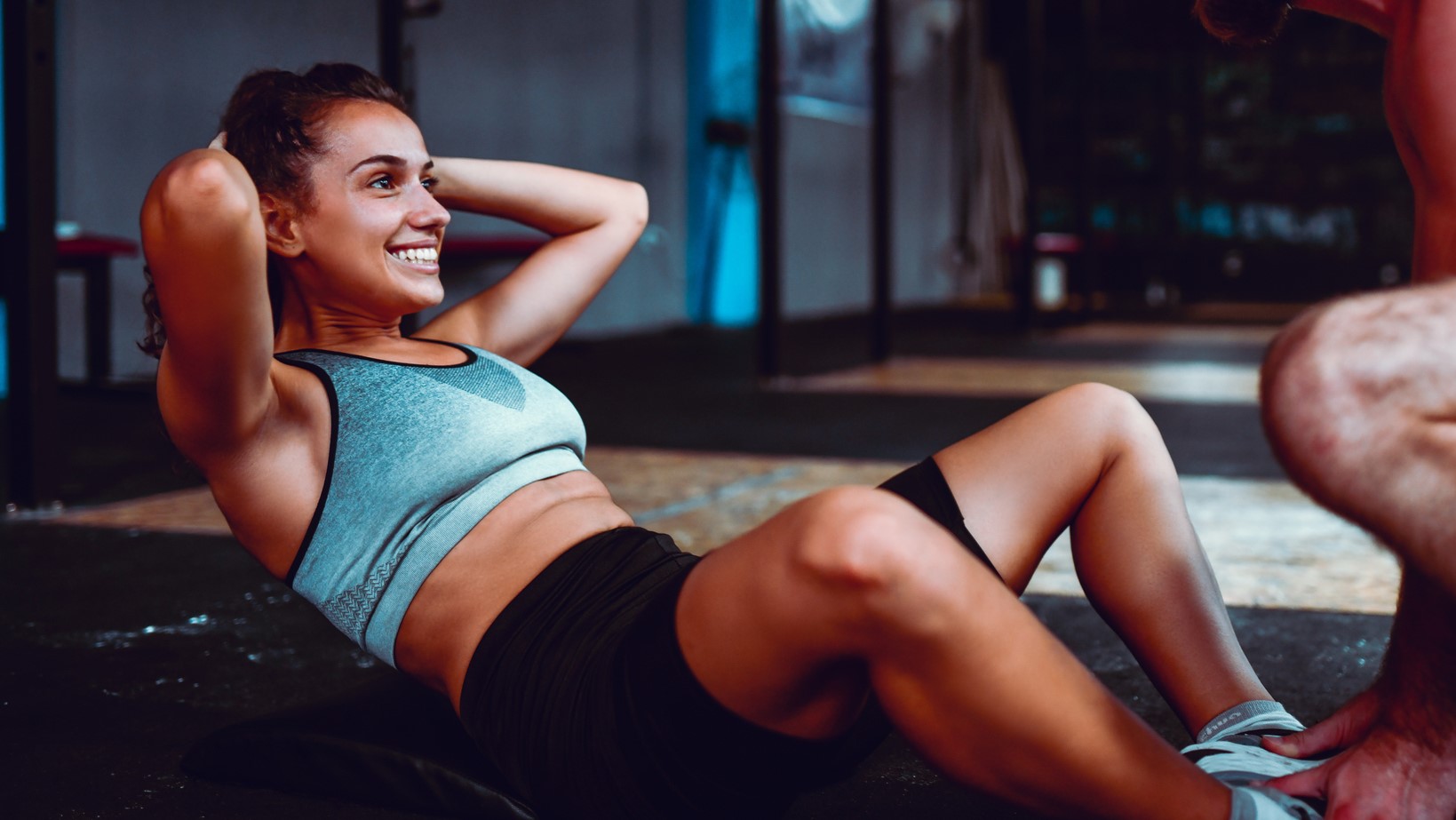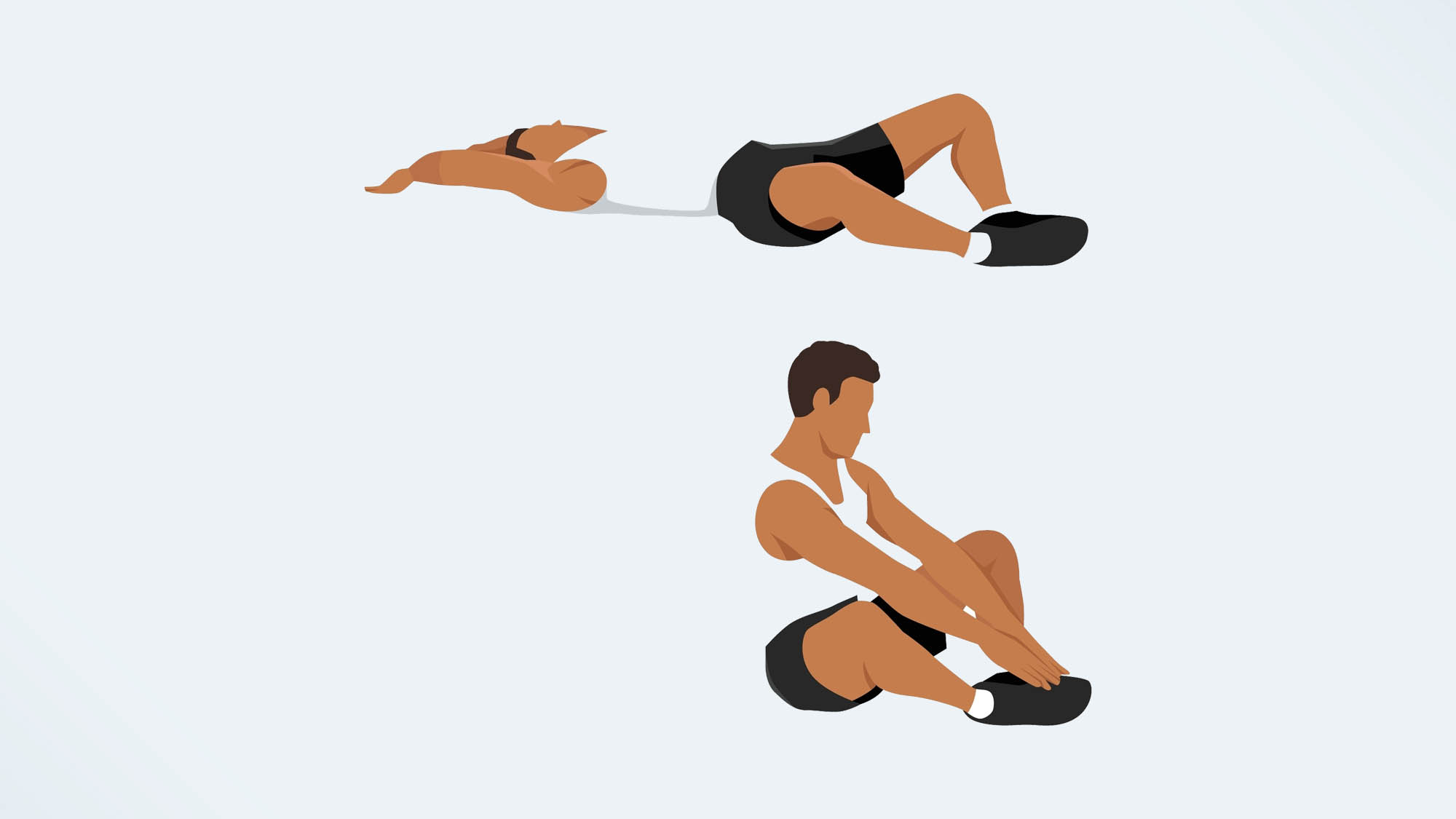
Here on the Tom’s Guide fitness desk, we love nothing more than an exercise challenge and next on my list was this ab exercise you’ve probably never heard of — butterfly crunches (also known as frog crunches).
Sounds interesting, I thought, as I unrolled my yoga mat on day one of this challenge. A week later, I’ve learned a lot about this interesting move and its benefits when it comes to sculpting strong abdominal muscles.
It goes without saying, that while 50 crunches might not sound like an awful lot, it’s not recommended that you work your ab muscles every single day. Like other muscle groups, your abs need time to rest and recover. If getting visible abs is your goal, you’ll also need to focus on your body fat percentage, not just crunches, and cardio in the gym. Stress, sleep, and diet all affect your body fat percentage — here’s how to calculate your body fat percentage, and why it matters.
Ready to find out how to do a butterfly crunch, the benefits of butterfly crunches, and what happens when you do them every day for a week? Read on to find out more.
How to do a butterfly crunch
Let’s start by taking a look at how to do a butterfly crunch with the correct form:
- Start by lying on your back, with the soles of your feet touching, and your knees outstretched to the sides. Your legs should make a diamond shape.
- Engage your core, thinking about sucking your belly button in towards your spine.
- Rest your hands gently behind your head.
- Lift your head, neck, and torso up off the floor, keeping your chin tucked into your chest. Ensure that the movement is coming from your abs, and that you are not pulling on your neck to lift your body up off the mat.
- Pause at the top of the movement, then slowly lower your torso back to the mat.
- That’s one rep.

Remember that, like all crunches, the key is to move slowly and with control. Think about moving from your core, and don’t use momentum to swing your body up and down. It’s also important to ensure that your lower back stays pressed into the mat — avoid arching your back, as this can put strain on your spine.
I did 50 butterfly crunches every day for a week — here’s what happened
But what would happen when I added this ab exercise to my routine for a week? I unrolled my yoga mat, and got to work. Here’s what the move taught me:
I worked my core harder than traditional crunches
It’s worth caveating here, that crunches aren’t the best ab exercise to do when it comes to working your core. While they are a super popular exercise, included in a lot of ab workouts, crunches typically only target the outer ‘six-pack’ muscles, or rectus abdominis.
The positioning of the legs in the butterfly crunch stops the hip flexors taking over from the abs when performing the crunch, meaning the external and internal obliques are also working.
On the first few days of this week-long challenge, I could feel my abs working hard during this move. It was, by no means, as difficult as some of the other challenges I’ve put myself through in the name of journalism (dead bugs and knee planks I’m looking at you).
That said, I found that doing the butterfly crunches before heading out for a run helped me engage my core, and run with better form.
It helped me stretch my inner thighs and hips
Like many people who find themselves sitting behind a laptop for hours of the day, I have pretty tight hip flexor muscles. Tight hip flexors can cause a tightness, or pain in the lower back when sitting and standing, so it’s a good idea to pay attention to them — here’s the best stretches for tight hip flexors to add to your routine.
I found that the butterfly crunches allowed me to gently stretch my inner thighs and hips as I worked on my abs. As a runner, tight hip flexors can lead to problems and potentially injuries on the run, so I appreciated the chance to stretch them out a little as I worked on my core strength.
It was easy to progress the move
Like with a lot of these week-long challenges, I was getting pretty sick of the move by day four. Crunches aren’t the most exciting exercise, and even with my legs out to the side, I was getting pretty bored. To up the ante, I decided to progress the move and switch to frog sit-ups — for this exercise you keep your legs in the same position, but lift your torso all the way up to a seated position.
You can keep your arms behind your head, or keep them by your chest to make the move slightly easier. This was instantly a lot harder.
Another day, I made the move more difficult by lifting my feet a few inches off the ground, hovering them above the floor as I crunched. Again, this forced my abs to work harder to stabilize my pelvis as I crunched.
A week of butterfly (or frog) crunches later, I felt like I’d worked my abs harder than I would have if I’d been performing regular crunches, and I’ll definitely be using them in my ab workouts going forward.
All told, I didn’t feel this was the most effective way to work my abs. I much prefer using exercises like dead bugs, mountain climbers and planks in my routine, as they don’t put the same pressure on my lower back.







